Smoking at the back door or with the window open isn’t enough to protect children and adults’ health. If this sounds like you below, click on the myths and tips to find out why.
I open a window or smoke at the door

It’s good you’re thinking about the problem of secondhand smoke. But unfortunately it’s not enough.
Secondhand smoke lingers for up to 5 hours after your last cigarette. Most of the harmful chemicals in smoke can’t be seen.
They blow back into the house and from room to room, waiting for your child to breathe them in – even with the door and window open.
I go into another room with the door closed
It’s good you try to keep tobacco smoke away from your kids. But unfortunately it’s not always enough.
Secondhand smoke creeps from room to room even when the door’s closed. It lingers for hours so they’ll breathe it in when they come back into the room.
Rather than smoke in the kitchen, could you use patches, NRT or vape instead when you’re at home? Or wait until another time when you can go right outside?
I wait until they’re in bed
It’s great you wait until they’re not in the same room but unfortunately it’s not enough.
Secondhand smoke creeps from room to room, along corridors and up and down stairs. Even if you open a window if your child is asleep with the door closed, they can still breathe it in
If you can’t get outside and aren’t ready to quit, could you go longer between cigarettes until you next go out? You could try nicotine spray, gum, patches or lozenges to get you through? Or if it helps keep your home smokefree, evidence suggests vaping/ e-cigarettes are much less harmful than smoking.
I would feel rude asking friends or family not to smoke
Why not let visitors know your home is smokefree?
Ask friends or relatives if they can put out any cigarettes before they arrive, or pop outside if they want to smoke.
Ask them to bring nicotine spray, gum, patches or lozenges to use. There’s no evidence of any harm to others from e-cigarette vapour either – consider switching.
My parents smoked around me and I’m OK
Many of us grew up in a time when it seems most people smoked. But evidence is now clear secondhand smoke is dangerous.
Passive smoking is especially harmful for children as they have less well-developed airways, lungs and immune systems.
Children who live in a household where someone smokes are more likely to develop:
- asthma
- chest infections, pneumonia and bronchitis
- meningitis
- ear infections
- coughs and colds
- nausea and headaches.
I have no option but to smoke indoors
We know it can seem like you don’t have a choice, but there are other things that might work for you and your kids.
Does your house or flat have an outside space like a yard, garden or balcony? Or you could go outside when the kids are at nursery/school?
Choose other times instead – what about when you’re taking the rubbish out, walking the dog or walking to the shops?
Use nicotine spray, gum, patches or lozenges to get you through, when you’re indoors. If it helps keep your home smokefree, there’s no evidence of any harm to others from exposure to e-cigarette vapour either.
Good luck and remember… by taking small steps you can ensure you protect your kids from the hidden dangers of secondhand smoke. Hope these smokefree home tips help.
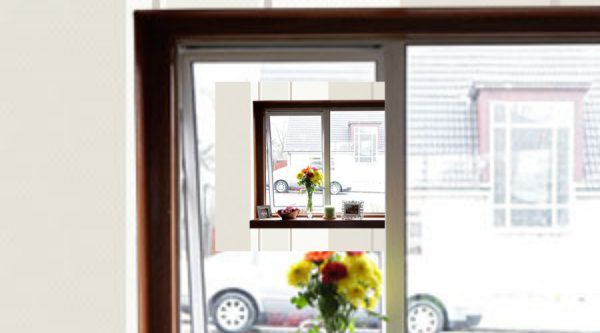
Smoking near or leaning out of an open window doesn’t protect your family. Secondhand smoke drifts all through your house. Wherever your child is, they’ll breathe in the harmful chemicals. Better to Take Seven Steps Out and ensure the toxic chemicals don’t creep back into the house.
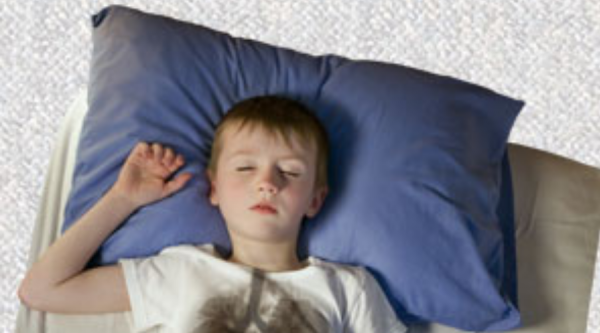
Children breathe faster than adults so they breathe in more of the toxic chemicals in smoke. Homes where smoking is allowed generally have levels of harmful chemicals around 7 times higher than smokefree homes.
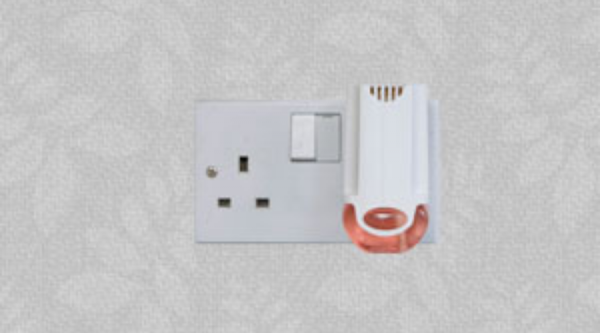
Candles, air fresheners and purifiers might hide the smell of smoke, but they can’t get rid of the harmful toxins. These linger for hours after your last cigarette even if you can’t smell it anymore.
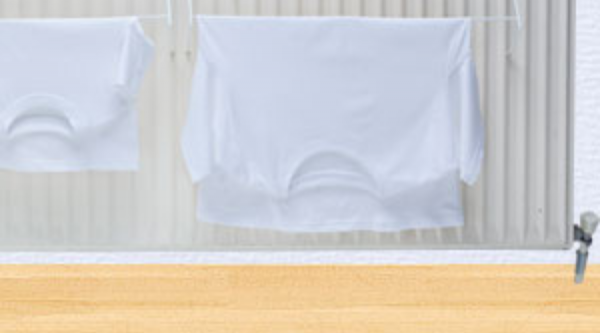
Children of all ages are at risk because their lungs and immune systems aren’t fully developed until they are teenagers. Secondhand smoke can trigger an asthma attack. In children who have asthma already, it can make attacks more severe, and more frequent
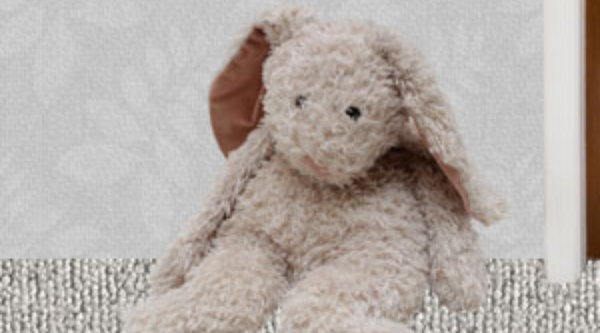
Don’t let anyone smoke indoors, ask them to go outside, and tell them you’re keeping your home smokefree for your kids.
